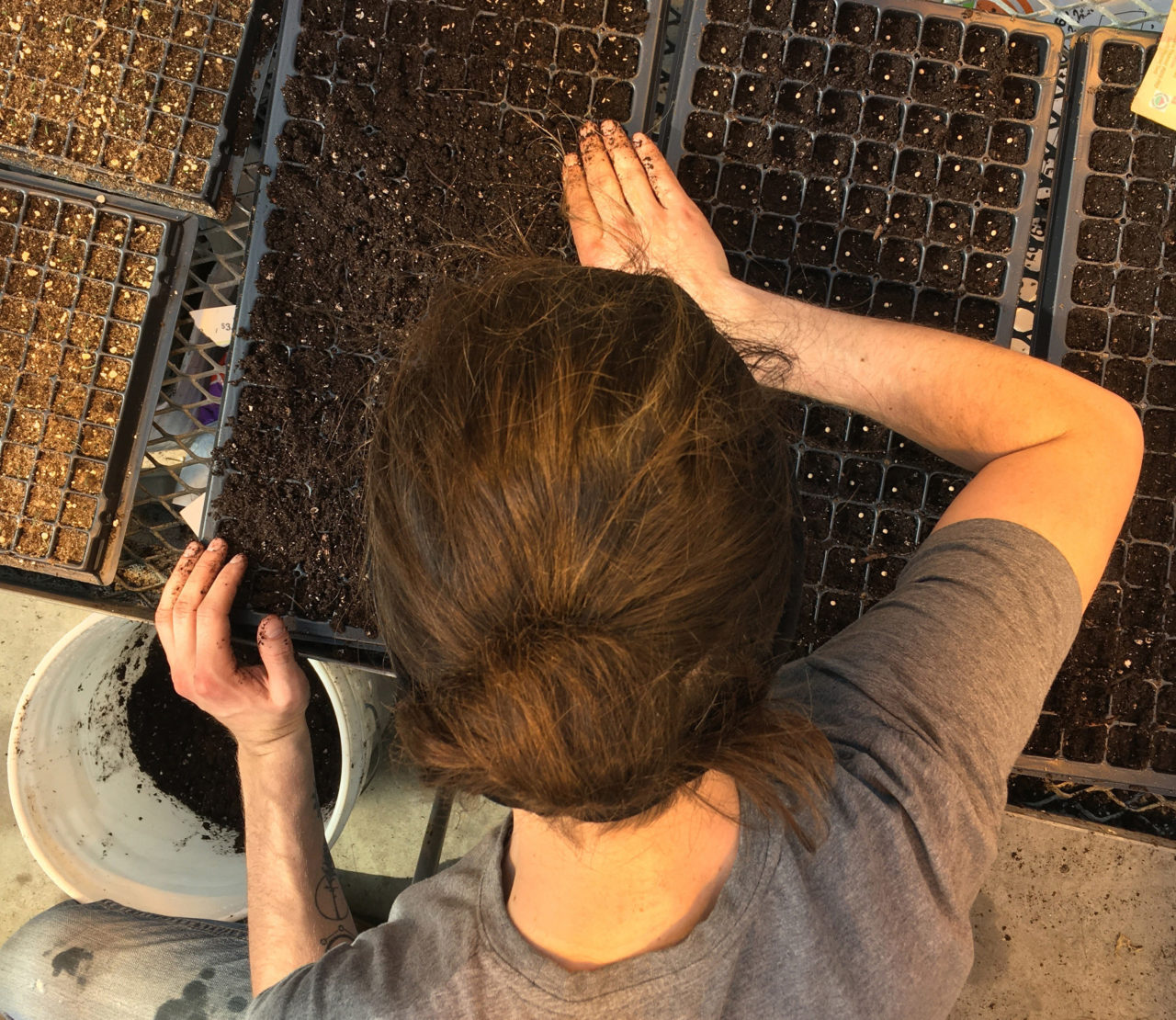 Pollinator Pathways in Ontario
Pollinator Pathways in Ontario
Preserve biodiversity and healthy ecosystems
"Insects are in deep trouble, but there is hope" (David Suzuki). Over 30 of Ontario’s economically important crops use pollinators, such as bees, to support successful yield. Without them, the food chain as we know it would not exist. Professor Laurence Packer of York University highlights that many of the bumblebee species found in Canada have substantially declined both in abundance and geographic range. Additionally, he indicates "...declines in important pollinators are going to have cascading impacts throughout the entire ecosystem." These statements outline the dire consequences and impacts if pollinator species are not protected. As the population of Peterborough County grows and housing developments follow the importance of creating pollinator pathways and maintaining the biodiversity of pollinators and native plants in the area is increasingly urgent. Even small steps, like planting native plants in small planters, can help combat our insect decline.
Necessity
Native pollinator education and provision of native plant seeds for Peterborough County community members.
Activity
LCS Foundation purchases native pollinator seeds and facilitates the education and delivery of the seeds from LCS students to local community members.
Countable effort
E.g. 7,500 native pollinator seed education packets prepared and given to community members for planting.
Result
E.g. 7,500 dwellings will plant an additional 37,500sq. ft of native pollinator seeds for increased pollinator pathways.
Systemic effect
Improved community education on the importance of native plants, and increased access to urban habitat for pollinators.
Background
As the population of Peterborough County is predicted to grow between 15-30% over the next 30 years (Ministry of Finance of Ontario, 2019), the natural landscape will likely be disrupted to account for the growth in infrastructure. In many newer developments, non-native species are often more broadly planted (including invasive and/or decorative non-native plant species), which local pollinators may not be able to use for pollination thus not thriving in the area (Barker & Sargent, 2020). This results in native flora being fragmented, consequentially impacting native pollinators' foraging areas. This decline in the health and prevalence of pollinators is not just a local issue; the issue spans the globe (Marshman et al., 2019). Given pollinators pollinate an estimated 35% of global crop volume (making this a food security issue) and 90% of the Earth's flora, it is essential we create habitats within our urban settings that can sustain these critical insects (Marshman et al., 2019). An additional factor that impacts pollinators' health is the common use of pesticides for non-native plants in urban gardens (The David Suzuki Foundation, 2021). Generally speaking, native plant species do not require pesticides to thrive, creating a more hospitable habitat. New developments with native plants and community members with increased knowledge can combat fragmented habitats and provide enough density of native plants for pollinators to have pathways in urban environments.
The good deed
With each donation, LCS will purchase native pollinator seeds. LCS students will be educated about the importance of pollinators and native plants. Students will then package and deliver seeds to community members, prioritizing those living in newly developed areas. Promoting conversation, the growth and appreciation of native pollinator plants, and sharing the opportunity for community members to visit the LCS campus will allow the community to focus on local regenerative gardening practices. Additionally, these seeds will be strategically planted, resulting in less fragmented habitats for local pollinators, and an increase in native pollinator-friendly plants. This will support and encourage local wild pollinators to stay in the area. The direct impacts will be improved biodiversity in the area and the prioritization of planting native seeds to best support our local environment and promote a healthy diverse ecosystem.

About Lakefield, ON - CANADA
Lakefield (Peterborough), ON
Population
Lakefield
17,060
Per Capita GDP
Peterborough (2016)
39,229 CA$
Katchewanooka Lake
One of the Kawartha lakes in south-central Ontario. It is about 5 miles long and 0.5 miles wide. The Trent Severn Waterway flows through the lake. Lakefield College School lies on the east side of it.
With more than 700 native species in Canada, bees are the most common. Right now, 8 wild bee species are listed under Canada's species risk category.
About the organization and further information

LCS Foundation
Website
https://www.lcs.on.ca/support-lcs/foundation
Further information and source
- • Fukase, J. & Simons, A. M., 2015. Increased Pollinator Activity in Urban Gardens With More Native Flora, Applied Ecology and Environmental Research, Online.
- • Baldock, K., 2020. Opportunities and Threats for Pollinator Conservation in Global Towns and Cities, Current Opinion in Insect Science, Elselvier (Online).
- • Ontario Ministry of the Environment, Conservation and Parks, 2021. Pollinator Health, Queen's Printer for Ontario (Online).
- • Marshman J. et al., 2019. Anthropocene Crisis: Climate Change, Pollinators, and Food Security, Environments (Online).
- • Barker C. A. & Sargent, R. D., 2020. Pollination Services to Impatiens capensis (Balsaminaceae) Are Maintained Across an Urbanization Gradient, International Journal of Plant Sciences, The University of Chicago Press Journals (Online).
- • The David Suzuki Foundation, 2021. David Suzuki Foundation: One nature. Briteweb (Online)
- • Ministry of Finance of Ontario, 2019. Ontario Population Projections Update, 2019 - 2046. Queen's Printer for Ontario (Online).
- • Peterborough Pollinators, 2021. Peterborough Pollinators (Online).




